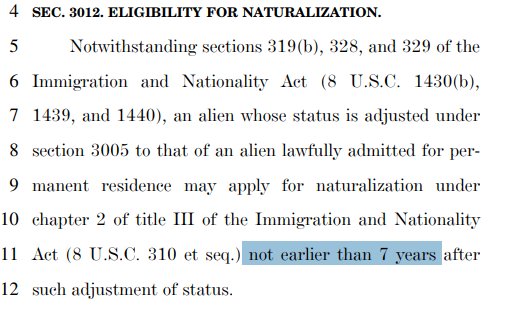warren.senate.gov/imo/media/doc/…
Below I discuss the proposal itself as well as the big picture context motivating it.
#UniversalChildCare
Evidence on the existence of both problems is abundant:
1. families shift into lower-quality care b/c it costs less
2. lower maternal employment rates: at 65.7%, the U.S. is #23 in the OECD
3. less growth: e.g., Quebec's GDP grew 1.7% in 2008 alone from its univ child care program
1. 42% of child care settings are “poor” or “fair” & just 12% of kids receive "positive caregiving"
2. More concerning: just 16% of kids in bottom SES quintile attend programs rated =>“good”
3. 98% of Georgia's pre-k rooms are rated < “good”
Females in all other industries: 22%- 37%
Thus women today w/ a BA are less likely to choose child care employment than their counterparts in the early-1990s
1. cost reduction: bolster parental employment
2. quality improvement: help child development
Key point: current early ed policies, by & large, have not achieved *both* goals.
Warren's plan bridges the disconnect.
1. Federal-local partnerships to create a "public option" for child care. Partners (states, school districts, non-profits, etc. ) will support networks of center- & home-based providers. Federally-funded but locally-implemented.
I'll end w/ some questions to consider:
1. How are church-based programs—of which there are many—treated?
3. How will the quality standards be defined? QRIS? NAEYC? ERS's? Teacher qualifications? And will states' regulations matter?
4. Costs won't exceed 7% of income. How will prices at the public option providers be established?
5. How will families find these providers? Will good info be available?
6. Will care be available full-day and -year?
7. Can providers opt into the public system?
P.S. I'm happy to provide references for the many numbers cited throughout these tweets.
END









